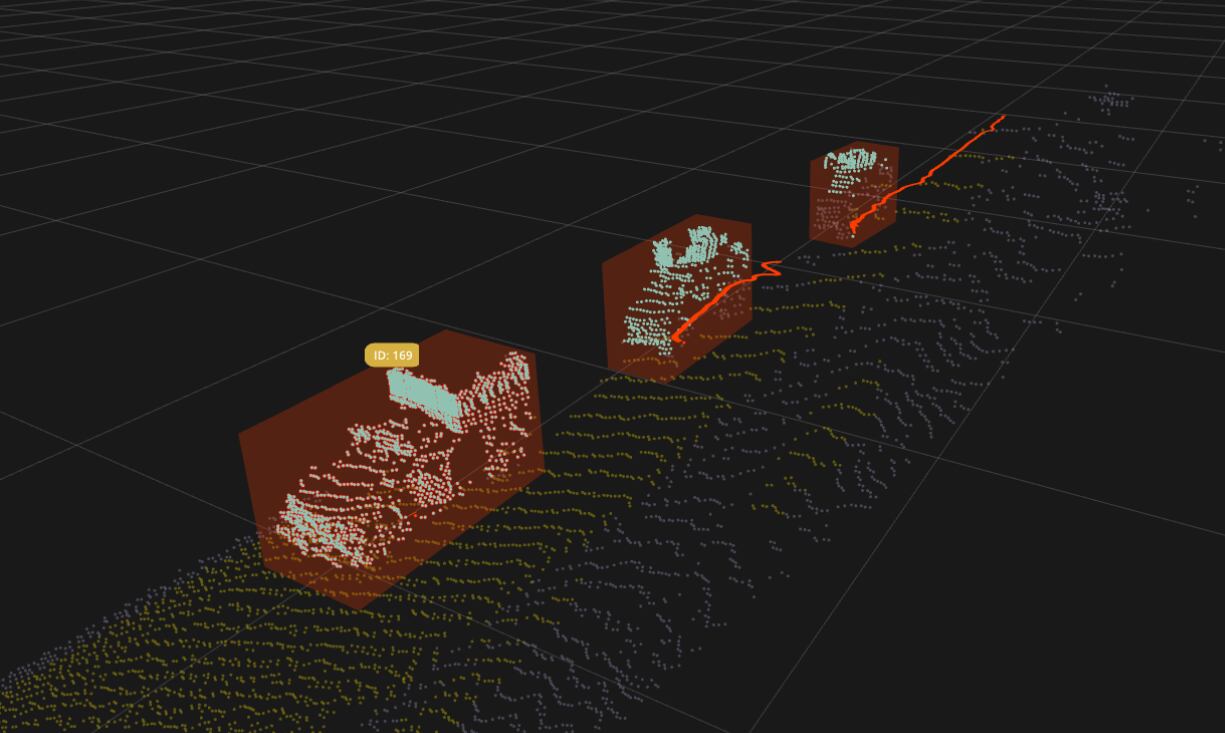WASHINGTON — AEye, a Silicon Valley company focused on detection technology, is teaming up with Booz Allen Hamilton, one the largest U.S. Department of Defense contractors, to expand its lidar product offerings.
Lidar is a detection system that works on the same principle as radar but uses light from a laser instead of electromagnetic waves. The lasers measure distances by calculating the amount of time it takes for reflected beams to return to a receiver.
The companies plan to offer defense customers AEye’s 4Sight software-definable lidar system to help warfighters identify potential threats, they said in a statement. AEye also announced the opening of an office in Florida’s Space Coast region, and the hiring of Steve Frey, a Lockheed Martin and L3Harris Technologies alum, as vice president of business development for aerospace and defense.
“It’s a partnership of strengths,” Frey said in an interview with C4ISRNET. “It gives them — Booz Allen — an opportunity to bring a Silicon Valley, fast development tech company, into the DoD fold and vice versa. It gives us an opportunity — as what I think is a pretty exciting, earlier-stage company — and gives us access into the DoD market and their applications.”
AEye’s sensors will be incorporated into Booz Allen’s client toolkit, which assesses the performance of machine learning and artificial intelligence and merges data from multiple sensors, including lidar, camera, and radar, to create a picture for the warfighter and aid in situational awareness.
4Sight sensors can detect objects more than a kilometer away and are capable of tracking a bullet at 25,000 frames per second, according to AEye. Unlike other lidar systems, AEye’s sensors are a software defined, meaning that the technology can be reconfigured dor different situations and technological advancements.
“We can change how we scan, we can change what we scan,” Frey said. “If we see something interesting in our search, we can zoom in on that area and put more resolution, more power on it and tell the operator or the user more about that object.”
Randy Yamada, a vice president at Booz Allen, the 22nd largest government contractor according to Defense News, told C4ISRNET that the technology could be used in autonomous projects, such as uncrewed vehicles, which need sensors to provide the vehicles with knowledge of their surroundings.
While cameras and other sensors could inform the vehicle, lidar sensors go beyond seeing a road or understanding where the lines are, he said in an interview.
Looking ahead, the flexibility of software-defined systems like AEye’s could lend itself well to the Pentagon’s Joint All-Domain Command and Control project, Yamada said. JADC2 is the military’s modernization initiative aimed at achieving a wholly connected military defined by information sharing.
“There are very demanding and unique mission requirements that are often changing for DoD and they’re complex systems,” Yamada said. “What we’re ultimately trying to do is really answer that call of accelerating that commercial technology into users’ hands.”
Catherine Buchaniec is a reporter at C4ISRNET, where she covers artificial intelligence, cyber warfare and uncrewed technologies.








